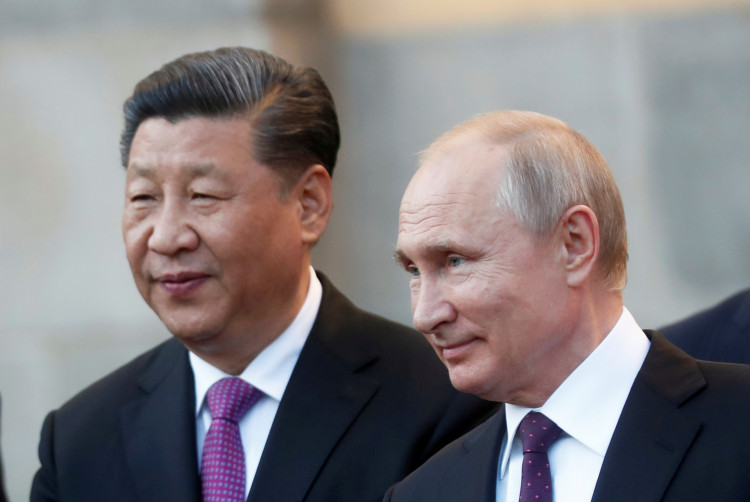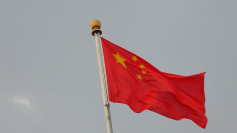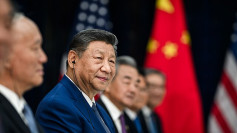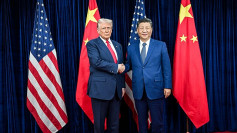In an unexpected move, Russia has imposed a 55.65% tariff on specific Chinese furniture components, sparking outrage among Chinese businesses and commentators and raising questions about the sustainability of the "no-limits" partnership between Moscow and Beijing. This tariff comes at a time when bilateral trade between the two nations is at an all-time high, buoyed by Russia's reliance on Chinese goods amid Western sanctions.
The tariff applies to sliding rail components used in Chinese furniture, which have been reclassified by customs officials in Vladivostok. The Far Eastern port city handles roughly 90% of China's furniture parts imports into Russia. According to the Association of Furniture and Woodworking Enterprises of Russia (AMDPR), the decision could bankrupt numerous importers and force domestic furniture prices to surge by at least 15%.
Alexander Shestakov, president of AMDPR, criticized the move, pointing out that these components are not produced domestically. "It is very right that at the moment the duty on imported fittings is only 0 percent-this provides a lot of support to the industry," Shestakov told Forbes. He added that furniture producers now face tariffs as high as 2.5 million rubles per container, making production far less profitable than importing finished goods.
Chinese commentators have expressed their frustration at what they see as an ungrateful and aggressive policy. A columnist under the pseudonym Du Juan wrote for China's NetEase News, "If such actions had come from the United States, 'positive energy' experts would have long condemned it as doomed hegemonic behavior. Yet in the face of Russia's ruthless measures, they remain silent."
Trade relations between China and Russia have flourished since the invasion of Ukraine in 2022, with bilateral trade reaching a record $240 billion in 2023. Russia relies heavily on Chinese goods, including electronics, vehicles, and machinery, while China depends on Russian energy exports. However, the new tariff marks a sharp shift and has led some observers to speculate that Moscow is pursuing protectionist policies to bolster its domestic industries at the expense of its economic ally.
Vadim Vildanov, general director of Russian fittings producer Boyard, warned the tariff would damage Russia's own manufacturing base. "This is contrary to the interests of domestic furniture production because it is Chinese fittings that now cover the needs of the Russian market," Vildanov said.
The controversy comes amid broader tensions in the trade relationship. In October, the Russian Ministry of Industry and Trade announced plans to increase recycling fees for auto buyers by 70-85% by 2030. Many see this as a tariff-like measure targeting China, now Russia's top vehicle exporter. Wang Wu, a Shanghai-based columnist, said Moscow wants to use these fees to force Chinese automakers to raise prices and build factories in Russia. He added this may work in the short run but will also fuel inflation.
Some Chinese analysts see the tariff as a calculated move by Russia to reduce its reliance on Chinese imports and boost its own manufacturing sector. A Tianjin-based writer named Bei Shuo argued, "Russia wants to develop its manufacturing sector and knows that it can't rely on China forever. It's natural that Russia is leaning towards protectionism."
Despite these challenges, trade between the two nations remains robust. According to Chinese customs data, China's exports to Russia rose by 47% in 2023 to $111 billion, while imports from Russia, primarily oil and gas, increased by 12.7% to $129 billion.
However, the tariff has cast a shadow on the burgeoning partnership. Zhou Yang, a Henan-based columnist, reflected on the historical complexities of the Sino-Russian relationship, warning that Russia desperately needs China's goods and investments but refuses to share economic benefits or military technologies with China. While both nations can cooperate against the U.S., competition remains inevitable.






